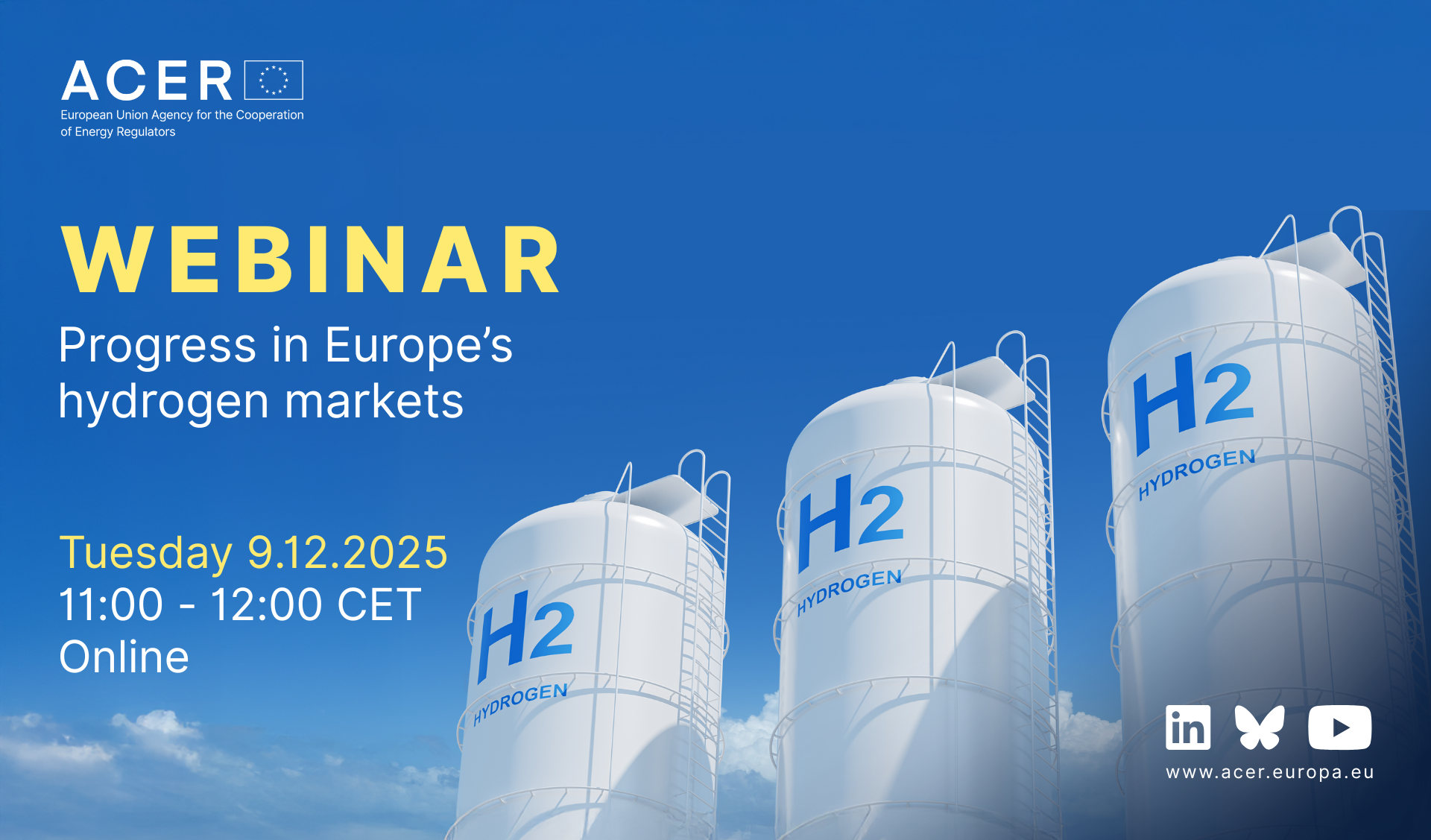spent in the EU on fragmented security-of-supply measures.
ACER to decide on amending the European resource adequacy assessment methodology to streamline approval of capacity mechanisms

ACER to decide on amending the European resource adequacy assessment methodology to streamline approval of capacity mechanisms
What is it about?
On 6 November 2025, ACER received the European Network of Transmission System Operators for Electricity' (ENTSO-E’) s proposal to amend the European Resource Adequacy Assessment (ERAA) methodology. On 17 November, ENTSO-E complemented its submission by providing the results of their public consultation on the topic (summer 2025).
What is the methodology about?
The ERAA, mandated by the Clean Energy Package (2019), is ENTSO-E’s annual assessment of the EU’s electricity supply adequacy for the next decade. Its purpose is to evaluate whether the EU has sufficient electricity resources to meet future demand and to identify potential risks to security of supply. Each year, the assessment is subject to ACER approval.
At national level, Member States define their own reliability standards (based on ACER’s methodology), to set the level of security of electricity supply they require. The ERAA annual assessment provides a consistent, objective tool to evaluate adequacy risks against those standards and whether the introduction of national measures (such as capacity mechanisms) is needed.
Why amend the methodology?
As part of the Electricity Market Design reform (2024), the European Commission was tasked with assessing ways to streamline and simplify the capacity mechanisms’ approval process. The Commission’s streamlining report (March 2025), included a request for ACER to amend the ERAA methodology. ACER subsequently required ENTSO-E to propose the necessary amendments to ensure the ERAA is aligned with the Commission’s streamlining report.
In August 2025, the Commission also adopted the Clean Industrial State Aid Framework, which introduces a fast-track process for approving capacity mechanisms. To support this framework, the ERAA methodology needs to define the procedure for calculating, within the ERAA annual process, the parameters necessary for Member States to make use of the fast-track approval process.
What are the main amendments?
The amendments to the ERAA methodology focus on:
1. Supporting capacity mechanism approvals
- Introducing capacity mechanism parameters derived from the ERAA model, which Member States may use to benefit from the fast-track process.
2. Simplifying the methodology
- Focusing the model on key target years (instead of explicitly modelling every year of the next decade).
- Streamlining how Member States’ efforts to avoid regulatory distortions or market failures are represented in the ERAA.
3. Improving adequacy modelling
- Developing a new Trends and Projections scenario to better reflect the actual pace of the energy transition.
- Improving the modelling of investors’ risk aversions and introducing a more realistic representation of flexible resources (e.g. batteries and demand response)’ business case.
What are the next steps?
ACER aims to decide on the methodology by February 2026.







